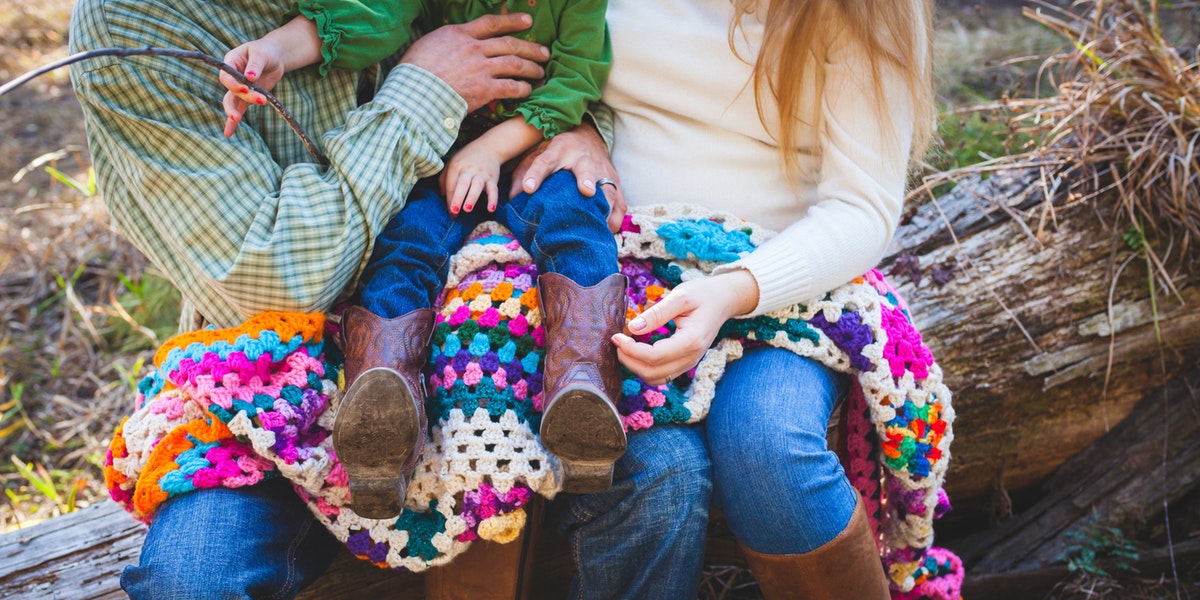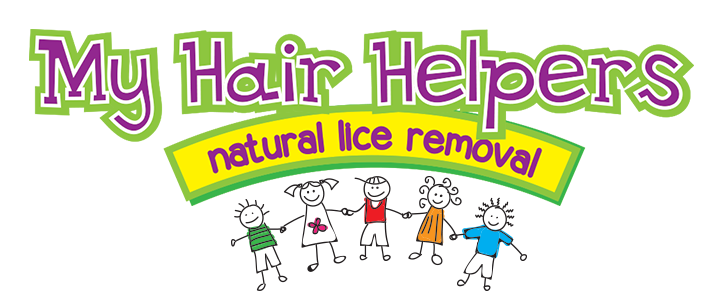It’s that time of year again – school is back in session and parents are receiving notes saying that head lice is going around. While these notices are helpful for informing parents, they often cause more panic than need be. A lot of this panic comes from miscommunication revolving head lice. Some parents still hold the belief that lice happen to dirty kids and are nearly impossible to get rid of. Fortunately, this isn’t the case.
If you’ve received notification from your child’s school that head lice is going around, it’s best not to lose your cool. Lice may be contagious, but they are not known to spread disease. Also, they can be successfully treated. Below are the top five questions that parents have about lice, along with their responses. We hope this clears up any misinformation you may have about these tiny pests.
1. What do head lice look like?
Head lice have three forms: the egg, the nymph and the adult.
- Egg/nit. Lice eggs are laid by females at the base of the hair shaft, closest to the scalp. They are firmly attached, oval shaped and difficult to see. Most are yellow or white, though they can be the same color as the host. Viable nits hatch in 8-9 days.
- Nymph. A nymph is a recently hatched nit. Because it’s young, it needs to stay close to the scalp for nourishment. It looks similar to a mature louse, but smaller. Nymphs mature into adults in 9-12 days.
- Adult. An adult louse is the size of a sesame seed, with six legs and a tan or gray/white color. They can live on a host’s head for about 30 days but won’t survive any more than 48 hours off a host.
2. How can I tell that my child has lice?
Because head lice can be difficult to see, we recommend having your child checked by a head lice expert. This way, you can get an accurate diagnosis and receive treatment right away. If your child does have lice, everyone in the household should be checked.
Itching is the most common indication that something is wrong, but there are other symptoms to watch for as well:
- Tickling or moving sensation in the hair
- Irritability and difficulty sleeping
- Sores on the head caused by itching
3. My child is clean. How did they get head lice?
Head lice has nothing to do with being clean or dirty. These pests are shared mostly through head-to-head contact, which often occurs during school, sports, daycare, sleepovers, playgroups, etc. Very rarely are lice spread through belongings like blankets, pillows or hats. Still, it’s good practice to teach your child not to share items that touch their head.
4. What treatment options are available? Are they effective?
There are many head lice treatments available, but not all are created equal. We tend to be cautious of over-the-counter products, only because many have proven ineffective. Why waste your time and money on a product that may not work?
My Hair Helpers has an effective treatment method that does work. We stand by our guarantee and provide lifetime head lice checks to our customers. If you live in the area, you can schedule an in-home or in-salon appointment with our head lice removal company. Otherwise, our products are sold online and include DIY instructions.
5. When can my child return to school?
Most schools have updated their “no-nit” policies, so it’s very likely that your child can return to school when they receive treatment. With these updated policies, many children don’t have to miss any school! Of course, talk to the school’s nurse to find out what policies your school follows, as each one is different.
Hopefully, we’ve cleared up any confusion you may have had about head lice. If you have additional questions or want to schedule a head lice check, contact My Hair Helpers today.


